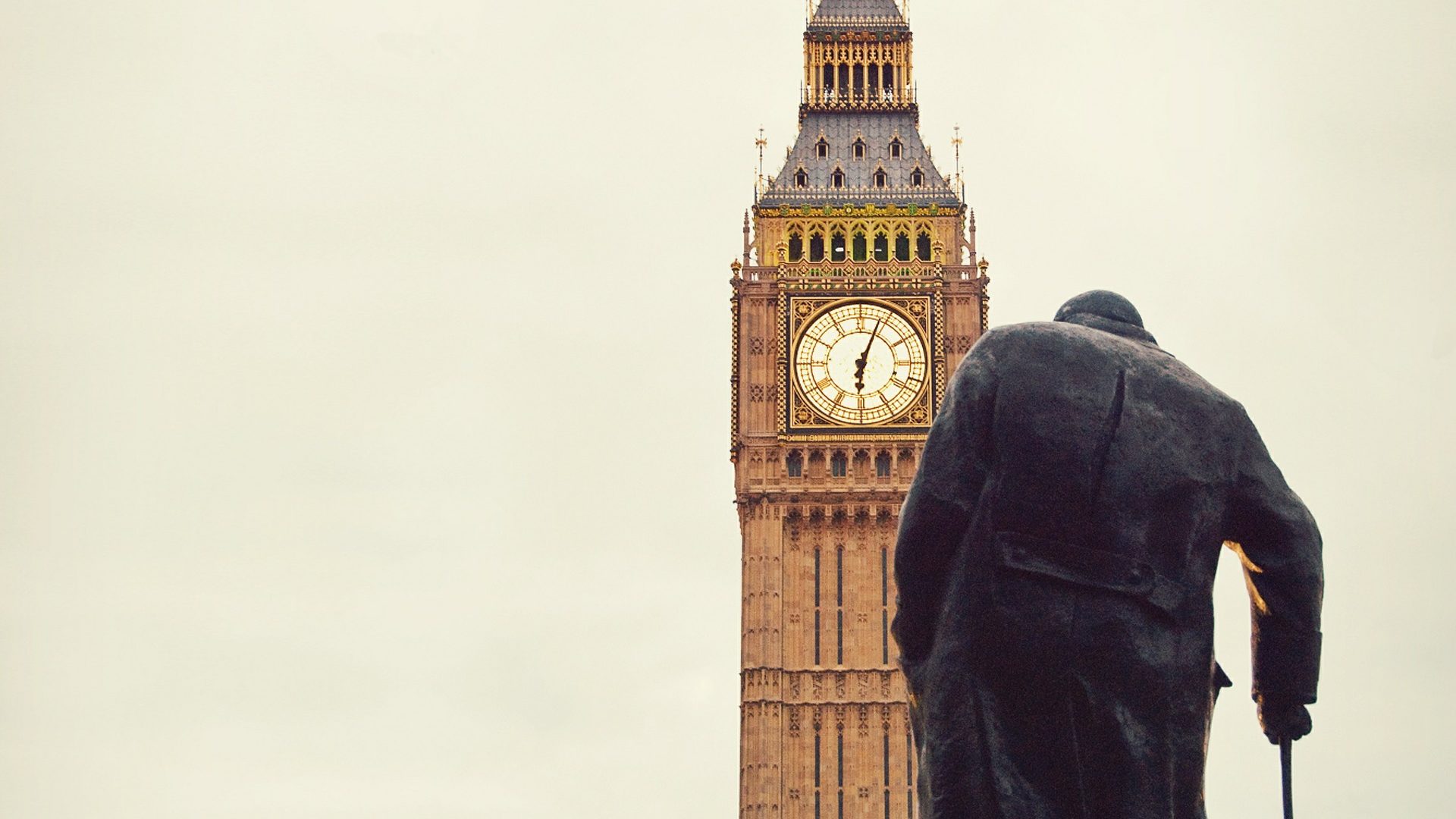When I saw that a statue of Winston Churchill had hastily been sequestered in a tall metal box by government authorities in London, I first thought of the trick in which a woman is placed into a box to be sliced in half by a magician. Then I thought of a coffin. Poor Churchill. In an attempt to save him from death by toppling and drowning, his protectors buried him alive, suffocated him, deprived him of his lifeblood—the passerby’s gaze.
The authorities who boxed up Churchill like a life-size doll succeeded in saving him from physical torment, but they didn’t account for the imaginative potential of abstract art. They might even have forgotten that the Churchill they were protecting was a piece of art in the first place.
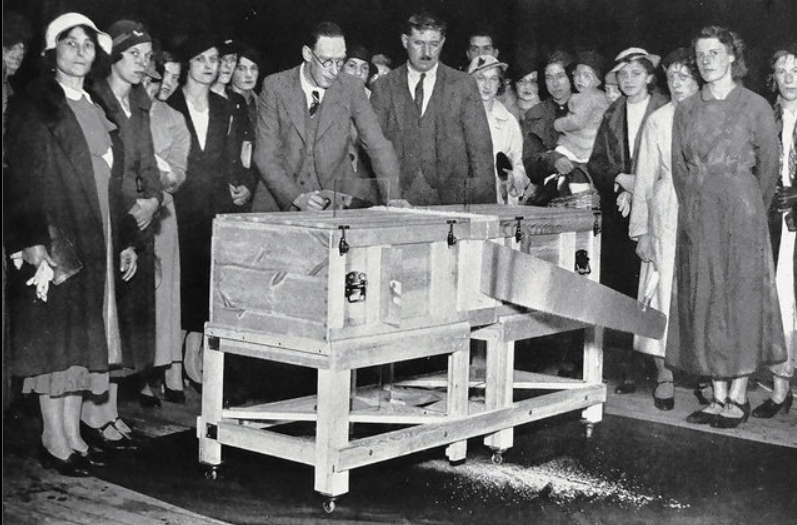
Now, instead of looking up at his domineering, authoritative, indisputable Churchill-ness, the viewer will be endowed with the freedom of artistic interpretation. Perhaps some will, like me, think of the sawed lady—which way will the magician decide to chop up the venerable leader of an imperial nation that itself had so much practice in carving things (territories, societies, peoples) up? Or maybe they’ll think of the Tardis, the time travel booth from Doctor Who, and imagine Churchill transporting back to a better and brighter past, when ideals were objective and heroes were real.
In the perennial debate around public monuments and their removal, we tend to focus on the social, political, and ideological function of statues, rather than their status as works of art. When that art advances narratives that exclude and even physically endanger people, the aesthetic component feels beside the point.
But as more statues are removed, we’re faced with the question of what might stand on the newly empty pedestals. The bronze and iron generals and statesmen lining the streets of our cities are not just commemorative, like the names of highways and army bases. They’re meant to adorn and beautify our urban spaces.
If I hadn’t known they were employed by the British government, I would think that the officials who covered Churchill’s statue took inspiration from Christo and Jean-Claude, the artist duo famous for draping giant sheets over prominent statues and buildings, from the Reichstag in Berlin to the Arc de Triomphe in Paris. Christo and Jean-Claude’s attempts to transform historical monuments and symbols of power into ephemeral works of art seemed so obviously political that I was surprised to see that the artists’ official explanation was simply “We make beautiful things, unbelievably useless, totally unnecessary.”
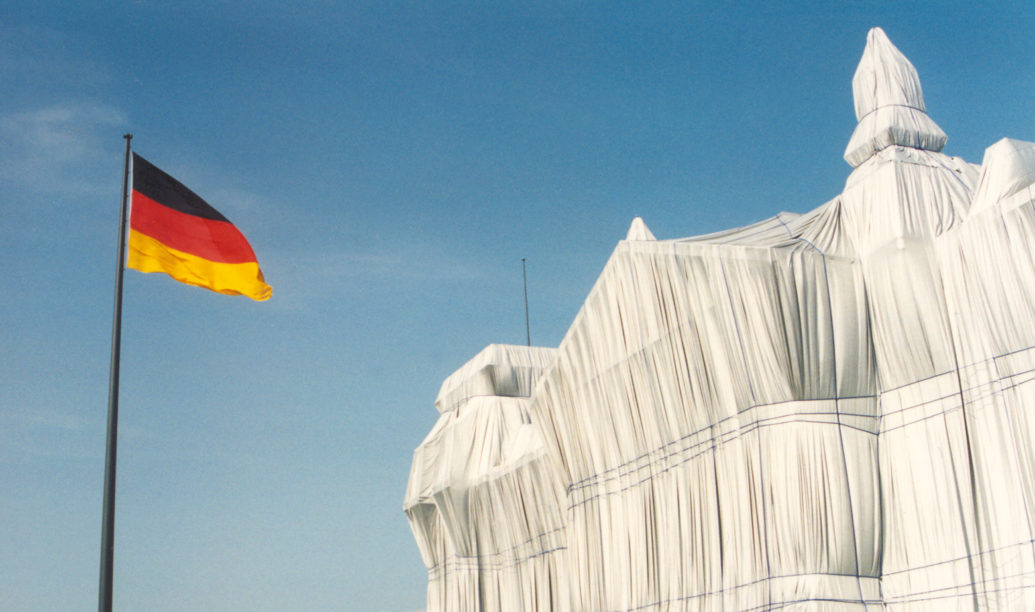
Three months after the end of World War II on the European front, American sculptor Margaret Cresson wrote an op-ed in the New York Times about designing monuments to honor the victors. She pointed to two directions in which war monuments could go—the beautiful and the useful—and placed herself firmly in the camp of the beautiful. Only beauty can properly memorialize an ideal, she wrote, and what else do war and war hero memorials stand for, if not ideals?
Cresson was the daughter of acclaimed Beaux Arts sculptor Daniel Chester French, so it’s unsurprising that she hoped to keep alive the idealist aesthetics of beauty. Still, most of her peers in the art world turned in exactly the opposite direction. They deemed aesthetic pleasure irreconcilable with the bloodiest war in human history—one that had caused such extreme levels of suffering. Art was at a crossroads: it could remain beautiful yet disconnected from society, or it could become expressive of society’s pain.
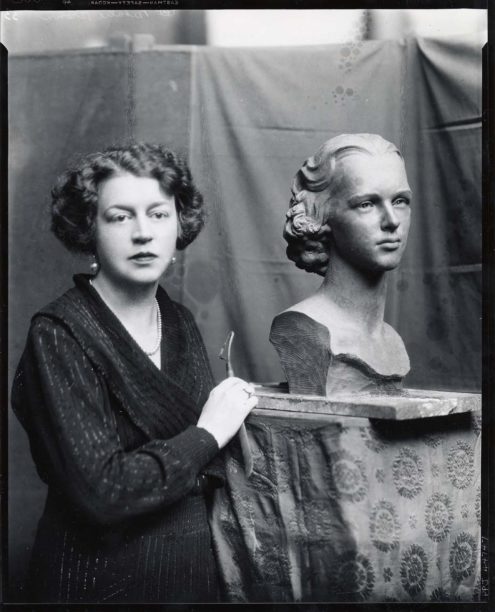
Reading Cresson’s article, I was struck by the way her case for making monuments beautiful so perfectly encompassed their ill fit in today’s public spaces: “Visible symbols of the aspirations of the race, they are necessary for our wider growth,” she writes. Whose growth? What aspirations?
This definition works for traditional forms of public art and most art in general before the nineteenth century. The kind of art that doesn’t exalt the vision of a genius or express an emotional state or make a political critique—the purposes that we’re so used to attributing to art today. Instead, statues are best at affirming monolithic cultural assumptions. Like a religious triptych, the statue demands us to look up, to admire and absorb its teachings. Rather than engage us in a conversation, a statue like Churchill’s speaks to us in the expectation that we already agree.

photo: Brent Moore (CC BY 2.0) via Flickr
That means public statues needn’t be too concerned with actually representing their human subject. The person depicted serves primarily to embody a set of assumed values. Their form, the way that their sculptor chose to shape them, is based not on their referents’ physical bodies, but on the ideals they’re supposed to project. Generals on horseback, with the exception of the involuntarily surrealist and disturbing statue of Nathan Bedford in Tennessee, are usually as muscular, smooth, and attractive as the neoclassical goddesses that often decorate their pedestals. Visual culture theorist Nicholas Mirzoeff describes this idealized representation in his argument for dismantling a controversial statue of Teddy Roosevelt: even without the accompanying figures of a Native American and African American, Roosevelt’s straight and long forehead are intentional pointers to the idea of a racial hierarchy.
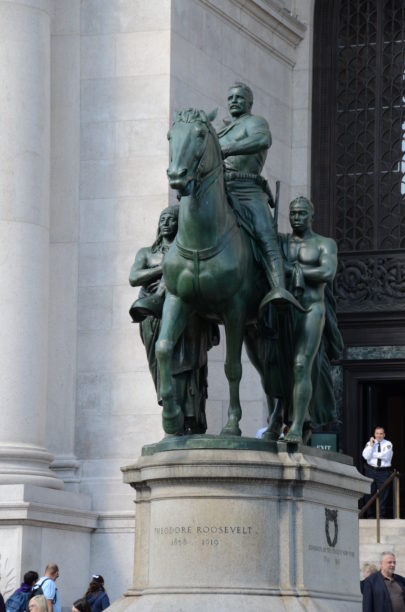
Sadly for the legendary statesman, Churchill’s surviving friends didn’t demand that his passage into the world of bronze involve significant weight loss or cosmetic refinements, as did the wife of a Civil War general upon his memorialization. (They did, at least, demand a face lift that would make him look less like Mussolini.) But if you look at the bronze Churchills around the world, they are all remarkably similar. The essence of Churchill is defined by a trench coat, a walking stick, and a confident, forward-moving stance. The fact that each statue is a work by a different artist is irrelevant. They all merge together into a chorus of Churchillness.
Statue defenders implore us to consider nuance, to acknowledge the human frailty and moral ambiguity to which great leaders are also subject, and to see the good in them, mixed as it must be. But the formal beauty and uniformity of statues only affirms their greatness. Doesn’t that strip them of their humanity?
We crave visual pleasure in our daily lives. Streets lined with Marcel Duchamp’s toilets and Richard Serra’s pieces of rusting iron wouldn’t be sustainable. It’s easy for art to be ugly, ambiguous, and provocative in the confines of a museum, where pleasure has been redefined as complexity. In public art, set amid the beauties of trees and sky, pleasure is a necessary component, and beauty is utility. More than that, beauty can create a hopeful narrative of the future, and encourage us to imagine a better world. But as recent protests show, our public spaces double as political arenas, as fertile ground for solidarity, discussion and action. We also crave questioning, interactive, and critical art that complicates our worldview and leads to further discussion.
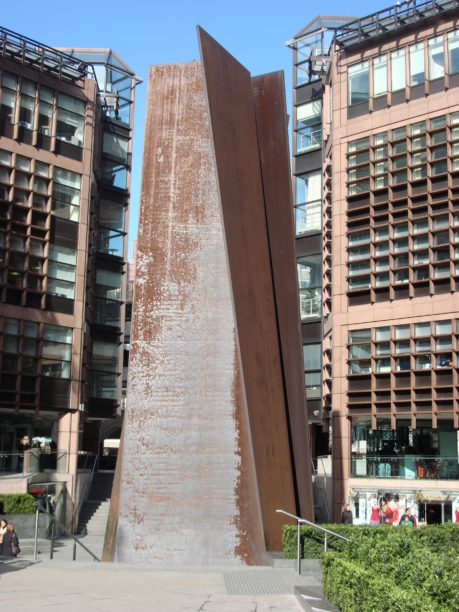
Contemporary artist Hans Haacke’s public installations often reframe historical monuments and institutions in unexpected ways, such as recreating a Nazi victory column in Austria and disrupting the equestrian statue with a horse skeleton in London’s Trafalgar Square. But Haacke rejects the label of “political art,” which he views as “equivalent to calling it propaganda.”
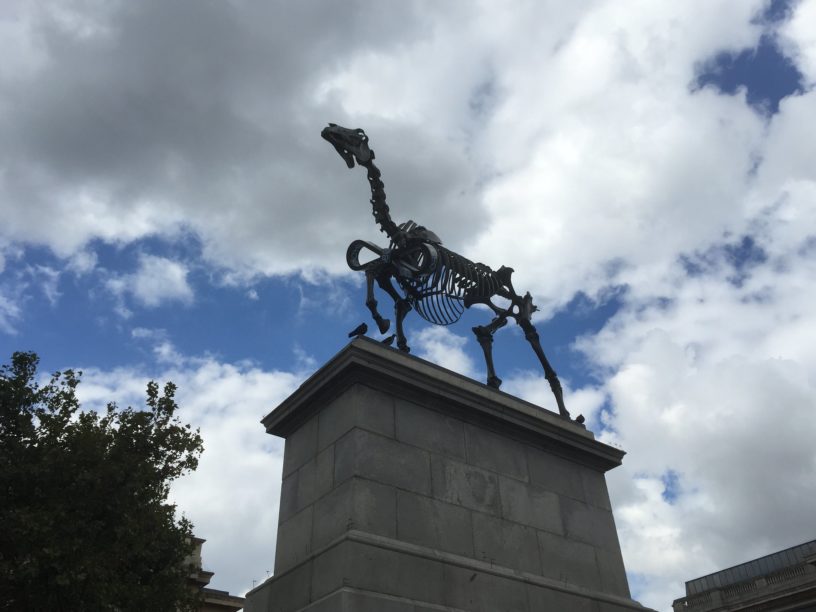
Whether beautiful or not, public art carries an immense weight by nature of being eternally accessible to everyone. The risk of imposing a single belief structure on the populace is so big when people aren’t really given a choice of whether to see what is put in their view. But monuments don’t have to be, and cannot be, forever.
At bottom, monuments seek to make the ephemeral permanent, but there’s hubris in that very idea. Art and beauty themselves are a part of nature, transient and evolving. Bodies, flowers, sunsets—we admire them all the more for their imminent decay. We try so hard to deprive public figures of the same life cycle, entombing them in stone—or in a box—in a futile attempt to immortalize. Maybe we should just let them live and die like the rest of us.

